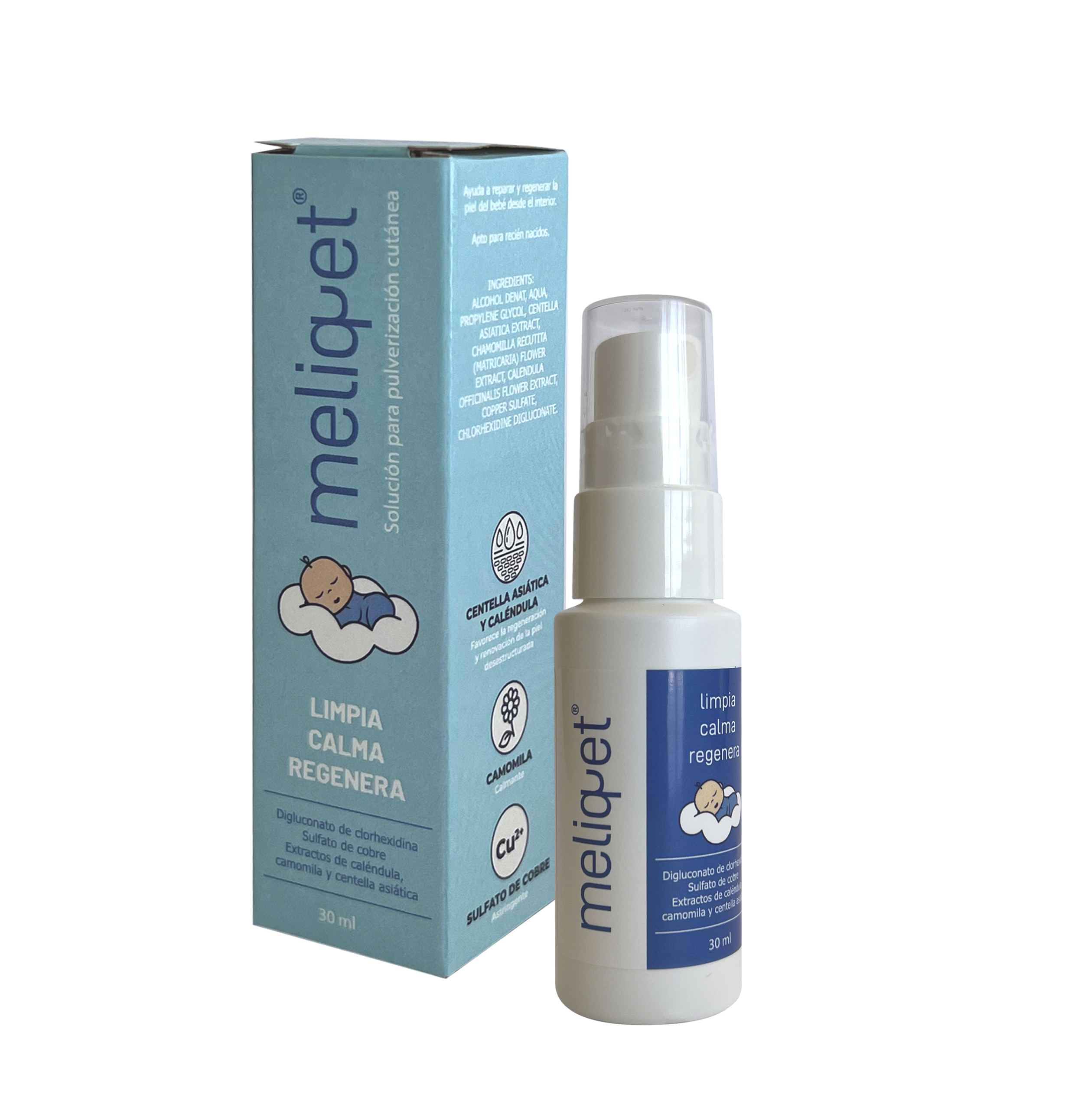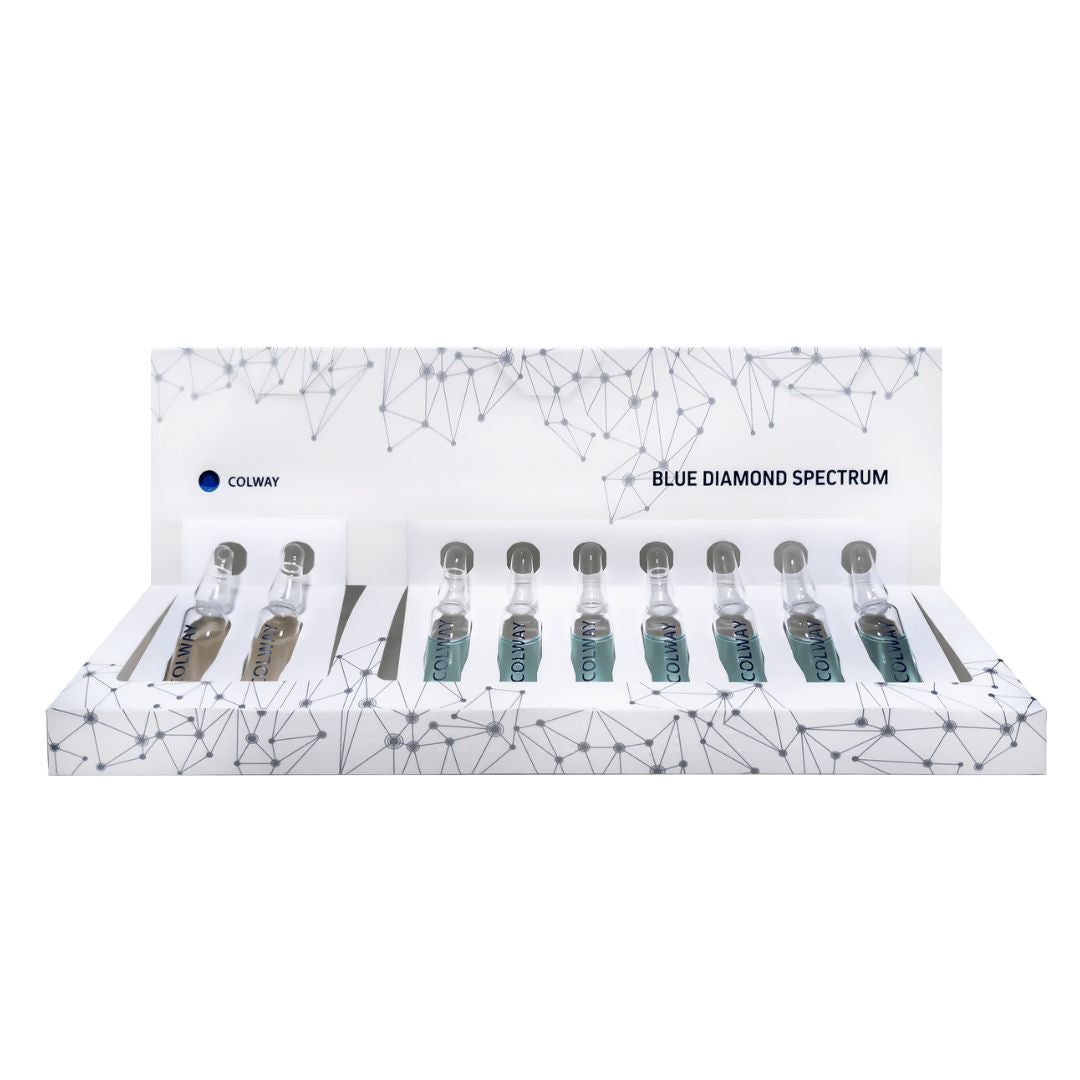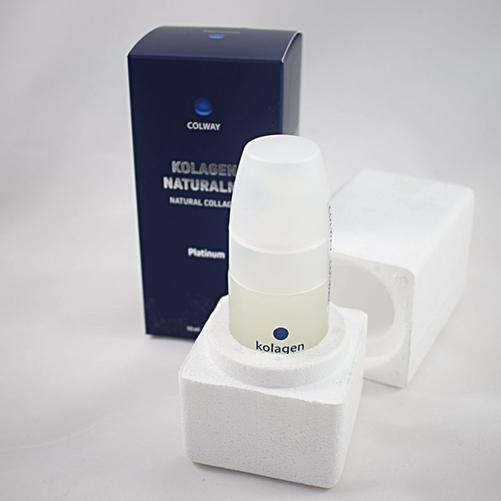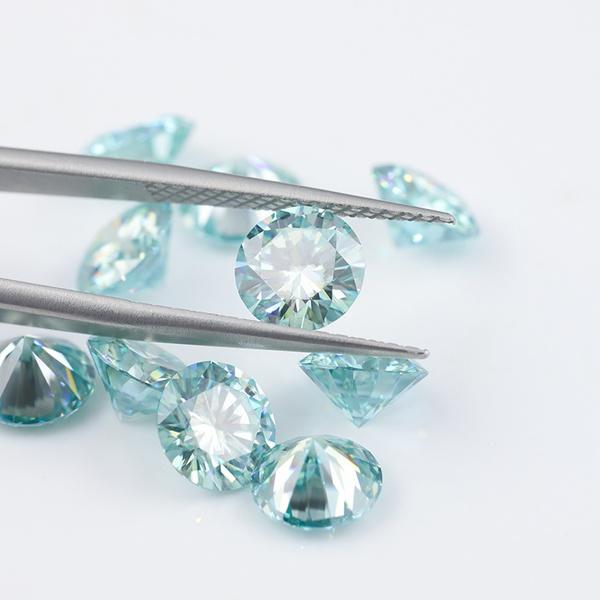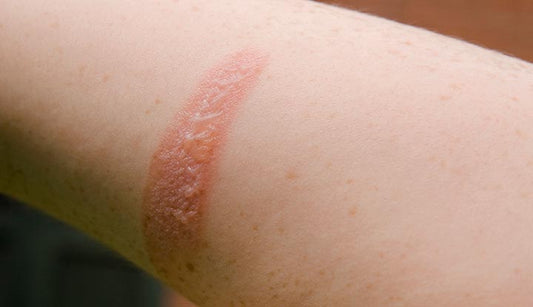Blue Moissanite | All their secrets

Natural blue diamonds acquired their blue tint thanks to the presence of boron in the carbon structure, and they are extremely rare. Therefore, a natural blue diamond with an intense color and weighing about one carat can cost anywhere from 500,000 to tens of millions of dollars. For this reason, blue diamonds cannot be included as a gift in the Blue Diamond Creams.
The good news is that few people have heard that there is a gemstone that refracts blue light better than natural blue diamonds. With a hardness of 9.2 - 9.5 on the Mohs scale, only slightly less than diamonds. But harder than rubies, emeralds and sapphires. Three times more resistant to temperature, it has better shine and fire than diamond and, in general, can be polished more perfectly. The outer surface of this stone (around 15-300nm thick) is actually pure carbon crystals, that is ... it is partly a diamond. Is namedmoissanita.
The firstmoissanitasThey were found in 1893 in the meteorite by the French Nobel Prize winner, Dr. Henrie Moissan. You hear relatively little about these unusual gems, because the large corporations that control the diamond market do their best to speak of moissanites as little as possible and, if anything, as "counterfeits," imitations of diamonds.
ThemoissanitesThey are also produced synthetically today, and are in no way counterfeits. These are jewelry stones that outperform diamonds in many ways. When rhinestones and other crystals or synthetics fade over time, moissanite, like a diamond, retains its color and brilliance forever. And even more, and it was important to us, blue diamonds (except for the almost mythical ones, blue in nature) also slowly lose their blue, while blue-tinged moissanite is pale, but its color will last for millions of years. Just as diamond is a crystal of carbon, moissanite is silicon carbide, a very different mineral that forms naturally under the much more extreme conditions in which diamonds are born.
Moissanite may have a surface layer of crystallized carbon which, due to its hardness, luster, and dispersion, made the first moissanites indistinguishable from diamonds. Over time, appraisers learned this, and devices were even developed to "detect" moissanites. Until 2018, when enthusiast-made moissanites made a comeback.
Of course, moissanites are cheaper than diamonds. This is caused by historical and emotional factors, as well as the ruthless policy of the powerful diamond lobby who suppresses all media information about the advantages of moissanites. The jewelry industry, but especially the opinion-forming spheres that shape world fashion: they have been successfully persuaded that they are "counterfeits" of diamonds, although looking at them physically, chemically and geologically, this is nonsense or rather a simple business Lie, which for money has become a valid thesis. Diamond companies fight moissanites so perfectly that they successfully concealed even one big secret ... Diamond is known to be indestructible. However this is not entirely true. A diamond is very easy to destroy. It burns completely at a temperature of 900 ⁰ C. And when exposed to the sun's rays strongly focused by the lens, it just ... disappears. After all, it is actually ... carbon and under the influence of a strong beam of light it will turn into CO₂ - carbon dioxide.
Moissanite is silicon carbide, so the laser beam will not force it to rust. Even moissanites, which are now obtained in the process of synthesis, can withstand temperatures of more than 2300 ° C. Not surprising, since carbon and silicon need such temperatures to combine. In nature, these stones are formed under conditions similar to those of stars, where the diamond would immediately evaporate. So if any gemstone deserves to be the hero of an indestructibility fairy tale, it is definitely moissanite.
It also seems aesthetically unfair to underestimate moissanites. They are characterized by better dispersion and brilliance than diamonds. If we assume that absolute beauty, that is, the maximum number of light effects in the form of reflections, refractions and splitting of the light beam, comes out of the stone through perfect proportions and a perfect cut finish, deciding whether the gem you will get the so-called "Life", or it will be a "dead" stone, which loses the light that enters it; This moissanite can certainly be polished better than a diamond and will always win objectively with diamond jewelry features.
So if this is the case, and moissanites are certainly not inferior to diamonds aesthetically and differ so little physically from them, and finally, since you can get them in blue, COLWAY has included in the cream limited editions a moissanite with a weight 0.4 to 0.6 carats.


